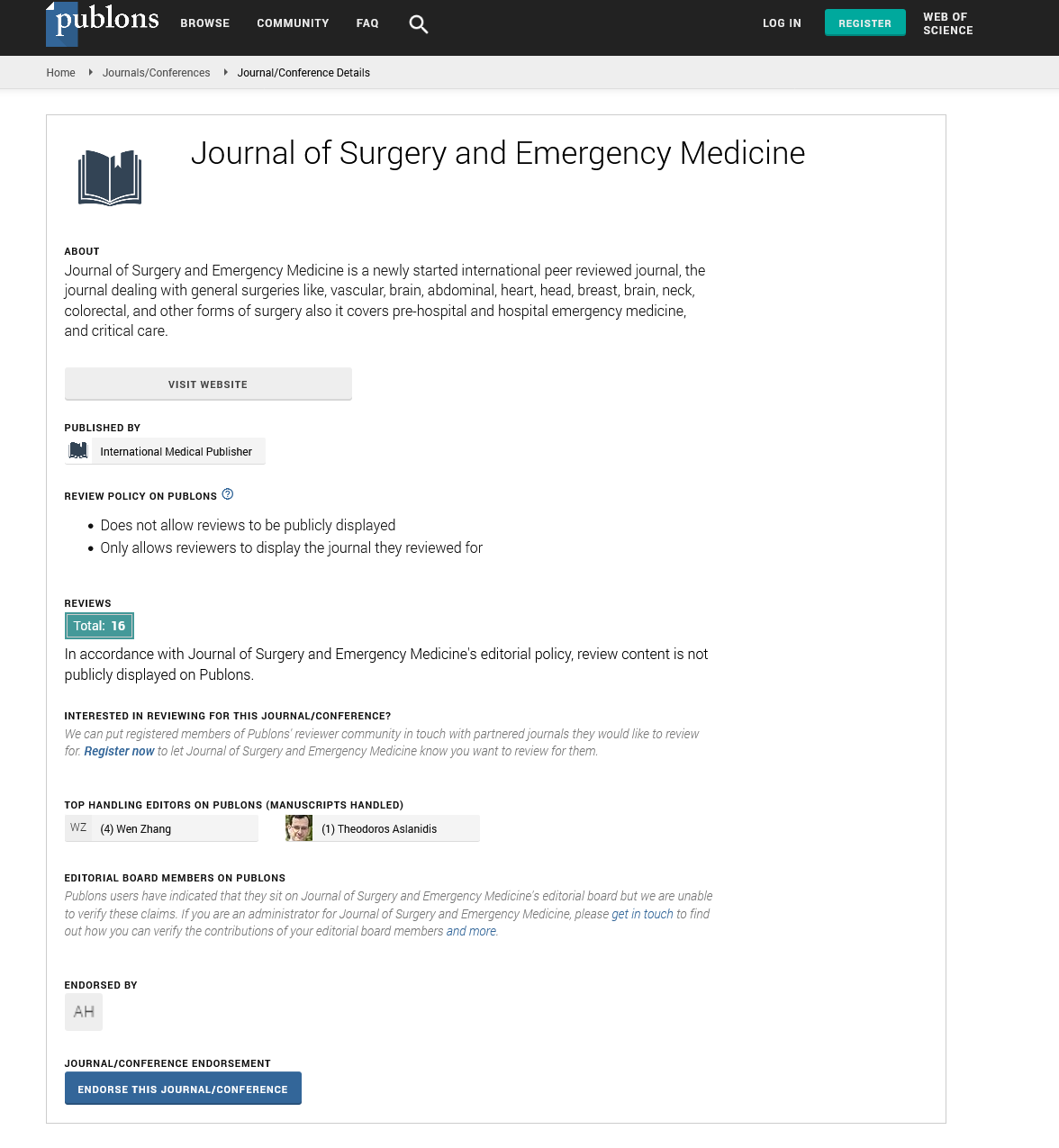Abstract
Hearing Loss in the Workplace Noise and Something Else
It is a common knowledge that hearing loss is the result of exposure to high noise levels for extended periods of time. In most situations this is the case; however, there are other agents that also can affect hearing, by themselves or in combination with noise. This paper examines the effects of one of them: chemicals in isolation or in combination with noise. âÃâ¬Ãâ¢Ototoxicity is the property of being toxic to the ear (oto-), specifically the cochlea or auditory nerve and sometimes the vestibular system, for example, as a side effect of a drugâÃâ¬Ãâ [1]. In practical terms, ototoxicity deals with chemical agents that may affect not only hearing but also the body equilibrium. The effects from high noise levels can be enhanced by the presence of ototoxic agents, therefore increasing the risk of hearing loss. This has been noted by both the American Congress of Governmental Industrial Hygienists (ACGIH) [2] and by the Occupational Safety and Health Administration (OSHA) [3]. They both recommend actions to be taken when chemicals are present in the workplace. Several European countries as well as Australia recommend that when ototoxic agents are present in the workplace, the daily noise exposure level should be reduced [4]. The situation is quite complex, since ototoxic chemicals are often found in the workplace. They are present in activities as diverse as painting, printing, boat building, construction, furniture making, manufacturing of metal and fiberglass, leather and petroleum products, aircraft maintenance, radiator repair, fire-fighting, pesticide spraying, weapons firing, etc. Therefore, it is possible that a detected hearing loss may not be solely due to excessive noise, but also to the presence of ototoxic substances [5]. Noise is a single physical agent affecting the cochlea, with the external ear canal as the main port of entry. In general, the progression of noise induced hearing loss ceases when the noise is eliminated. However, some data suggest a progression of cochlear and possibly neural dysfunction even after the noise exposure is terminated [6].
Author(s): Alberto Behar
Abstract | PDF
Share This Article
Google Scholar citation report
Citations : 131
Journal of Surgery and Emergency Medicine received 131 citations as per Google Scholar report
Journal of Surgery and Emergency Medicine peer review process verified at publons
Abstracted/Indexed in
- Google Scholar
- Publons
Open Access Journals
- Aquaculture & Veterinary Science
- Chemistry & Chemical Sciences
- Clinical Sciences
- Engineering
- General Science
- Genetics & Molecular Biology
- Health Care & Nursing
- Immunology & Microbiology
- Materials Science
- Mathematics & Physics
- Medical Sciences
- Neurology & Psychiatry
- Oncology & Cancer Science
- Pharmaceutical Sciences
